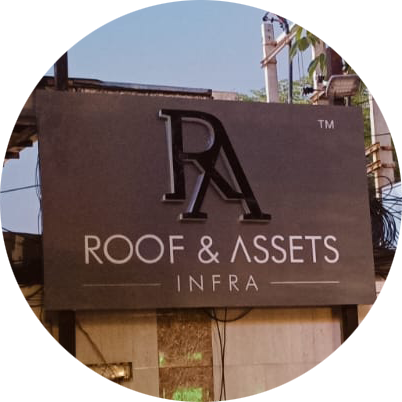When it comes to running a business or managing a public space, safety is of utmost importance. One often-overlooked aspect of safety is the Sign board danger that can arise if the signage is not properly designed, maintained, or placed. While signs serve as essential tools for communication and branding, poorly positioned or faulty signs can pose significant hazards to both employees and customers. In this blog post, we will explore the risks associated with sign board danger, how to mitigate these risks, and why it’s crucial to address them promptly.
1. Understanding the Risks of Poorly Designed or Positioned Signboards
The first step in addressing sign board danger is understanding the potential risks that poorly designed or improperly placed signs can pose. A signboard that is too large, poorly secured, or positioned in an obstructive manner can create a number of dangers. These include:
- Physical Injuries: A sign that is not properly mounted or secured could fall, potentially causing serious injury to individuals nearby. This is especially a concern with heavy, large signs or those made from materials that could cause harm if they were to come loose.
- Obstruction of Pathways: Signs placed in high-traffic areas, such as entrances, exits, or walkways, can block safe passage for customers, employees, or pedestrians. In emergency situations, these obstacles could hinder evacuation efforts or cause slips, trips, and falls.
- Visibility Hazards: Signs placed in positions where they block sightlines can create dangerous driving or walking conditions. For example, if a sign is obstructing a traffic signal, a driver might not be able to see crucial signals in time to avoid accidents.
2. Material and Construction Issues
Another aspect of sign board danger arises from the materials and construction of the sign itself. Signs are exposed to outdoor elements and can deteriorate over time, especially if they are not maintained. Materials like acrylic, plastic, or metal can become brittle and prone to breakage, particularly in harsh weather conditions. Signs with sharp edges or loose parts can be hazardous to both employees and customers, especially if they are located in high-traffic areas.
Additionally, using substandard materials for your sign can increase the likelihood of damage. Signs that are exposed to the sun, rain, wind, or snow are vulnerable to environmental stress, and if they are not made from weather-resistant materials, they could become hazardous.
3. Proper Placement to Avoid Danger
To mitigate sign board danger, it’s essential to consider the proper placement of your sign. Signs should be installed at a height and in a location that doesn’t obstruct walkways, driveways, or other pathways. Consider the following tips for safe placement:
- Clear of Walkways and Entryways: Ensure that your sign does not block paths or doorways, especially in high-traffic areas. In the case of emergency exits, your sign must be positioned in a way that allows clear access to these exits without obstruction.
- Height Considerations: Avoid placing signs at eye level, especially in busy areas. This reduces the risk of people bumping into the sign or knocking it over. For traffic signs or outdoor signs, ensure they are visible from a distance without causing a distraction to drivers.
- Stability: Ensure your sign is securely fixed to prevent it from falling. This includes using strong fasteners and ensuring the mounting surface is appropriate for the weight of the sign. If you are installing a large sign, consider hiring professionals to install it safely.
4. Regular Maintenance and Inspections
To minimize sign board danger, regular maintenance and inspections are critical. Over time, signs may degrade or suffer from wear and tear, making them more susceptible to accidents. Regularly check for the following:
- Loose Parts: Ensure that there are no loose fasteners or components on the sign. If a sign is illuminated, check the wiring and bulbs for signs of damage.
- Wear and Tear: Look for cracks, fading, or rust that could compromise the structural integrity of the sign.
- Cleanliness: Dirty or obscured signs may become unreadable, posing safety hazards if people can’t see important information. Regular cleaning and upkeep will ensure your signs stay clear and functional.
5. Legal Requirements and Compliance
In many regions, there are regulations regarding the installation and maintenance of signs to ensure public safety. Failing to adhere to these regulations could result in penalties and, more importantly, increase the likelihood of accidents. Make sure your signage complies with local laws, including requirements related to the size, placement, and construction of signs.
Conclusion
In conclusion, while signs play a crucial role in communicating vital information, it is essential to recognize the potential sign board danger associated with improper installation and maintenance. A poorly placed, designed, or maintained sign can pose physical risks to both employees and customers, as well as damage to property or the environment. By understanding the risks and taking the necessary precautions, you can ensure that your signage serves its purpose without creating safety hazards.
To ensure your signage is both functional and safe, consider investing in quality signage solutions. For more information on sign board danger and how to address it, visit Sign board danger. Ensuring safety through professional installation and regular upkeep is essential in keeping your business and customers safe from harm.




 No products in the cart.
No products in the cart.